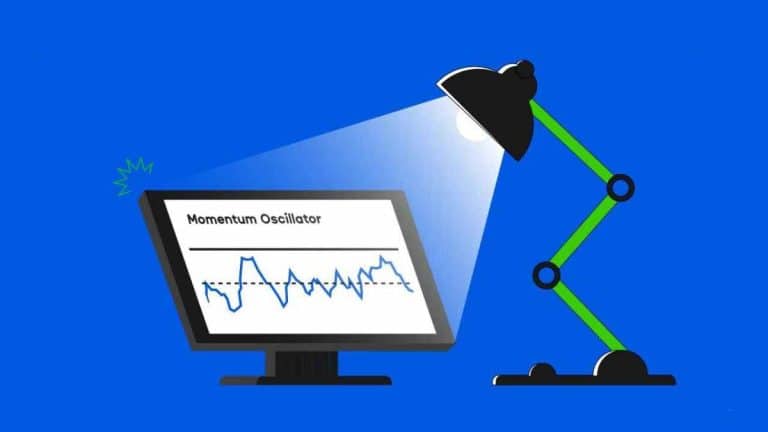The momentum oscillator is a technical indicator that measures the speed of price movement. It compares daily closing prices to their preceding ones to identify the strength of a trend. Traders use it to gauge whether a rally is gaining or losing steam. In addition to identifying trends, the indicator can also warn traders of impending momentum-driven price reversals. It is therefore important to understand how the indicator works and how it differs from other indicators.
Contents
Momentum Indicators are Leading Indicators
Unlike traditional trend-following indicators such as moving averages and MACD, momentum indicators signal potential changes in direction before prices start to change. This makes them useful for trading day trades, and they can help you find opportunities to enter and exit the market. While many different types of momentum indicators exist, a few of the most popular are MACD, ADX, RSI and Stochastic Oscillator.
Momentum Indicators are Easy to Interpret
Most momentum indicators have a formula that is relatively simple to interpret. They take the difference between a current close and a previous close, and divide it by a particular number of periods (called the “n” factor). Typically, this number is between 10 and 14, and traders can customize this value based on their individual trading style.
If the n factor is lower, the momentum indicator is negative; if it is higher, it is positive. The resulting line on the chart represents a momentum reading, and it is usually displayed with a smoothing function to remove fluctuations in the data. The more a momentum indicator fluctuates, the more volatile it is.
Indicators with a high reading may indicate strong market momentum. However, this doesn’t always translate to a good trading opportunity. A high reading may signal that a momentum shift is about to happen, but it is possible that the market will instead reverse and move in the opposite direction. Therefore, traders should use a combination of indicators to ensure that they are making informed trading decisions.
When the momentum indicator is above +50, it indicates that a security is overbought. If the indicator crosses below -50, it signals that the security is oversold. Many traders add a moving average to the momentum indicator as an additional confirmation of overbought and oversold conditions.
A moving average can provide a more stable signal for entering and exiting trades, especially when the volatility in the market is low. The moving average can smooth out the peaks and valleys in the momentum indicator’s reading, and it will prevent false signals from fast price movements. In this way, it can be used as a filter for momentum indicators.

